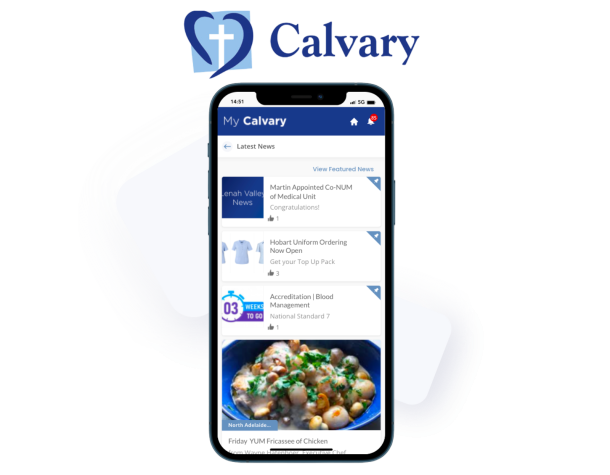The Critical Challenges of Creating an Effective Employee Portal with Intranets and HRIS Systems



Overview
In today's rapidly evolving business landscape, organisations with deskless, frontline workers are actively seeking avenues to enhance business performance, with a primary focus on bolstering employee retention, driving productivity, streamlining operations, and elevating service excellence.
By focusing attention towards our Employee Experience and fostering a stronger connection between our workforce and operational systems, we can effectively curtail frustration, elevate job satisfaction, and cultivate a positive culture throughout our workforce.
In the pursuit of an elevated Employee Experience, numerous organisations are gravitating toward the idea of a unified 'one-stop-shop' Employee Portal. This entails a comprehensive approach to streamlining and simplifying system access.
To achieve this objective, companies are now scrutinising their intranets, such as SharePoint, or their HRIS systems like SuccessFactors or Ceridian Dayforce. Even communication platforms like Workplace, Teams, and Viva Connect are being considered.
Yet, it's evident that these systems, originally designed for office-based contexts, falter when it comes to addressing the unique needs of deskless, frontline employees. The resulting impact on the organisation's Employee Experience is frequently underwhelming.
This article delves into the deficiencies of these platforms and introduces Mumba - an innovative employee superapp, meticulously designed to address the needs of deskless, frontline workers.

Pivotal Challenges Faced by Employee Portals for Deskless, Frontline Workforces
1. Digital Literacy
Intranets, HRIS systems and corporate communication tools are commonplace amongst office-based workers. However, we often forget that employees in frontline, deskless workforces are not familiar with using technology for work purposes (in many deskless industries, such as manufacturing or transport, employees usually exhibit basic digital skills). Therefore, deskless employees are hesitant to engage with work related tools for fear that they may ‘break something’ or ‘do something wrong’.
Popular solutions like Sharepoint, Microsoft Teams with Viva Connect, or Successfactors, while effective for office staff, can pose overwhelming challenges for frontline employees. As a result, achieving high adoption rates and consistent usage becomes an uphill battle.

2. Interface Complexity
Building on the above, employees might be familiar with everyday consumer apps, but business applications tend to be more intricate, particularly concerning login, search, and navigation processes.
Frontline, deskless employees require a simple interface that is fast and robust to navigate on a phone, and that doesn’t necessitate training.
To make business applications suitable for deskless workers, significant "re-skinning" is often necessary to eliminate complexities. This frequently results in a clunky, unsatisfactory interface that contributes to frustration and hinders adoption and usage rates.
Furthermore, Intranet, HRIS, and Communication solutions offer powerful desktop/web applications alongside simplified native mobile counterparts. The inconsistencies in interface and usability create frustration and a poor employee experience. For example, most HRIS or Communication systems allow for links to be included in their native companion apps, however, these links are often provided in a long navigation list or tree, making it difficult for employees to find what they’re looking for.

3. Holistic Navigation
Deskless employees often grapple with the complexity of navigating the multitude of systems they're required to access. Many Intranets and HRIS systems present a range of links, prompting employees to 'click here for payroll,' 'click here for T&A,' or 'follow this link for Learning,' and yet another for company policies.
In certain cases, the confusion is compounded when intranets omit direct links and instead instruct employees to embark on a search for their needs. Such an approach, especially when accessed on mobile devices, adds layers of confusion and discouragement for deskless employees.
A recalibration of the navigation strategy from the perspective of employees is essential. Designing simplified user journeys that seamlessly connect navigation to specific, pertinent pages within third-party systems proves far more effective. This streamlined approach empowers employees to swiftly locate required information through a robust, hassle-free navigation experience.
Regrettably, most existing intranets, HRIS systems, and communication platforms aren't equipped to handle comprehensive navigation schemes that might encompass 50, or even 100, links for employees. Beyond the potential administrative complexities, the user interface risks becoming convoluted and perplexing, negating the very purpose of efficient navigation.

4. Zero Training
Deskless frontline workers, by nature of their roles, often embody transience, geographic dispersion, shift-based schedules, diverse linguistic backgrounds, and a reluctance to blend personal devices with work requirements. These intricacies create substantial barriers to the successful deployment and integration of new systems and processes within such workforces.
In response, an enterprise requires a universally accessible 'one-stop-shop' employee app that not only guarantees user-friendliness but also eliminates the need for training. Anything short of this criterion risks triggering adoption hurdles and undermining sustained usage.
The current landscape of intranet, HRIS, and communication platforms frequently imposes a learning curve upon deskless employees. Their usability often spawns friction and disillusionment, acting as catalysts for project failures and impeded progress.

5. Challenges with BYOD devices
The proliferation of employee-owned personal devices, often termed BYOD, has introduced a range of complexities that impede the seamless functioning of intranets, HRIS and communication systems as effective employee portals. These complexities stem from compatibility and security issues that arise when dealing with an array of devices, browsers, and operating system versions.
This diversity in user environments inevitably leads to inconsistencies in the user experience. When employees interact with the same systems through different devices or platforms, the appearance and functionality of the intranet portal, as well as the third-party systems accessed through it, can vary substantially. Elements such as menus or actions on webpages may not perform as anticipated on specific phones or browsers, forcing employees to seek guidance from managers or IT support.
Most importantly, these inconsistencies yield a cascade of negative consequences. Adoption and engagement with the portal wanes due to the resulting frustration, and the burden on IT and support personnel escalates.

Numerous additional reasons underscore why Intranets, HRIS, and communication platforms fall short as Employee Portals. However, the aforementioned five points deliver a comprehensive glimpse into some of the foremost challenges.


Download Our Employee Portal Vendor Comparison Matrix
Get access to a complete portal vendor comparison matrix outlining the key features required and where each of the most common solutions stack up!
Introducing Mumba Front Door
Mumba's purpose-built employee portal stands as a pioneering "superapp," a robust response to the pivotal challenges encountered by deskless frontline workers. This transformative solution delivers a seamless, rapid, and reliable employee experience that effectively transcends the confines of conventional intranets and portals.
Mumba crafts a unified and comprehensive navigation system that spans your HR and IT infrastructure, culminating in a consolidated 'one-stop-shop' employee superapp. This app is conveniently accessible via a singular login, ensuring that all frontline employees can effortlessly access whatever they require.
Currently empowering some of Australia's and the world's largest frontline and deskless workforces, Mumba boasts a prestigious clientele including Calvary, ISS Facility Services, Metcash, Vail Resorts, Mycar, and more.
Notably swift in its implementation, Mumba seamlessly integrates with a wide spectrum of HR and IT systems and meets the most stringent security standards, bolstered by its ISO27001 certification. Mumba also offers a rich array of add-ons, designed to elevate your employee app to its full potential - features like a dedicated communications platform and single sign-on (SSO) capabilities tailor-made for deskless frontline workers.
Employee Portal Vendor Comparison Matrix (Version 2.0)

- Sharepoint
- HRIS Portal
- SuccessFactors
- Meta Workplace
- Mumba Front Door









-


"We are transforming how we connect at Calvary through our app - My Calvary! The app provides 24-hour access to Calvary information and resources via a mobile device - anytime, anywhere.
Staff receive real-time updates and direct access to a host of information including pay slips, rosters and retail discounts all in one place on the go. Importantly, our content is user generated by people across the organisation to celebrate and share the contribution of our colleagues with others and the communities we serve."Calvary Health -


"We have over 6,000 team members across Metcash. Before Our Local, we could only reach about 40% of our people with important updates and information in real-time. That means that 60% of our people were missing out on the latest news, as well as updates on our benefits and wellbeing offerings."
Penny Coates, Chief People & Culture Officer at Metcash -

 "Thanks, Mumba Cloud for hosting an app that is functional, reliable and secure. I love the native communication tools. Working with this app is helping to keep me connected to our hard-working distributed workforce in real time. It’s a game-changer for us."Jodie McAloney, Director of People & Culture, Churches of Christ in Queensland
"Thanks, Mumba Cloud for hosting an app that is functional, reliable and secure. I love the native communication tools. Working with this app is helping to keep me connected to our hard-working distributed workforce in real time. It’s a game-changer for us."Jodie McAloney, Director of People & Culture, Churches of Christ in Queensland -

 "We believe our social responsibilities extend beyond the walls of the workshop for all of our team members, and we’re seeking ways to continually build on our wellbeing activities to support all of our people.”Fiona Murphy General Manager People & Culture - mycar
"We believe our social responsibilities extend beyond the walls of the workshop for all of our team members, and we’re seeking ways to continually build on our wellbeing activities to support all of our people.”Fiona Murphy General Manager People & Culture - mycar -

 "Aruma is a trailblazer, embarking on a bold new chapter of our story, and we needed a platform that simplifies our processes and effectively supports our growing workforce. Mumba gives all our employees access to our existing systems - from any device - allowing us to better serve and communicate with them, without the need for costly upgrades or replacement of our existing technology."Mark Doro, Aruma Chief Transformation Officer
"Aruma is a trailblazer, embarking on a bold new chapter of our story, and we needed a platform that simplifies our processes and effectively supports our growing workforce. Mumba gives all our employees access to our existing systems - from any device - allowing us to better serve and communicate with them, without the need for costly upgrades or replacement of our existing technology."Mark Doro, Aruma Chief Transformation Officer -

 "Let’s face it communication is key. With a growing, the diverse and dynamic team we needed to take that next step in how we effectively communicate with our people. Gone are the days of email or face-to-face. These methods are not fully replaced but we needed a modern, real-time interactive way to reach out and connect with our people. Mumba was just an obvious choice."Kaylene Little Head of People and Communities - Tassal
"Let’s face it communication is key. With a growing, the diverse and dynamic team we needed to take that next step in how we effectively communicate with our people. Gone are the days of email or face-to-face. These methods are not fully replaced but we needed a modern, real-time interactive way to reach out and connect with our people. Mumba was just an obvious choice."Kaylene Little Head of People and Communities - Tassal -

 "Most of our workforce is geographically distributed across our customers’ workplaces; being able to connect with each person gives them a sense of belonging, helps them understand how they contribute and are part of a much bigger community of ISS Heros."Lucy Hartmann National GM Payroll at ISS Facility Services Australia and New Zealand
"Most of our workforce is geographically distributed across our customers’ workplaces; being able to connect with each person gives them a sense of belonging, helps them understand how they contribute and are part of a much bigger community of ISS Heros."Lucy Hartmann National GM Payroll at ISS Facility Services Australia and New Zealand